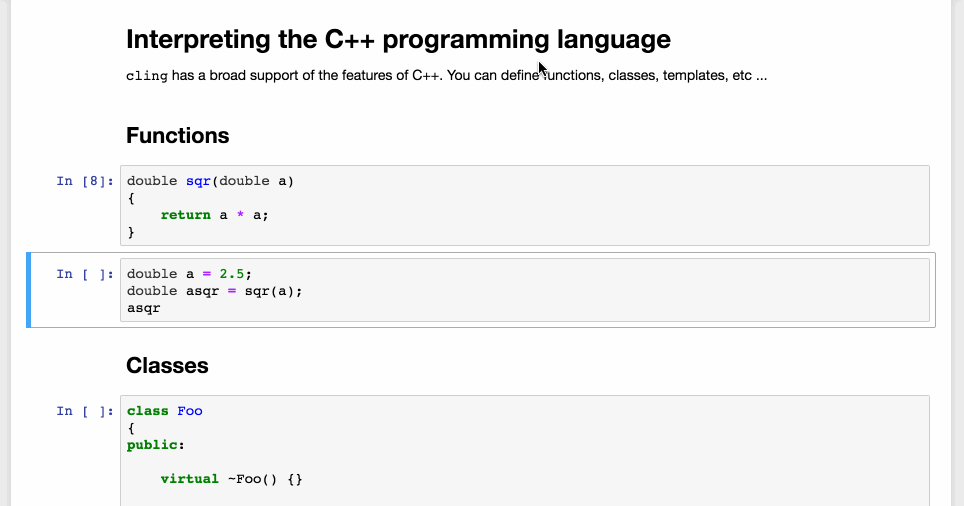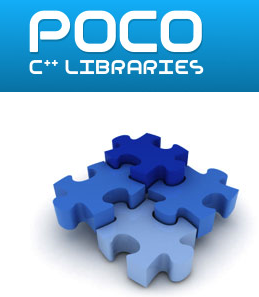Jupyter + Cling: Interactive C++
 Jupyter Notebook is the #1 canvas for data science, and it now leverages CERN's Cling interpreter to support C++:
Jupyter Notebook is the #1 canvas for data science, and it now leverages CERN's Cling interpreter to support C++:
Interactive Workflows for C++ with Jupyter
by Sylvain Corlay, Loic Gouarin, Johan Mabille, and Wolf Vollprecht
A few highlights from the article:
... just write some code and hit Shift+Enter
... live quick-help, fetching the content on cppreference.com
... visual output can also be displayed using the rich display mechanism of the Jupyter protocol
... the combination of xtensor with the C++ notebook provides an experience very similar to that of NumPy in a Python notebook
... If you are interested in trying the various notebooks presented in this post, there is no need to install anything. You can just use binder
... In September 2017, the 350 first-year students at Paris-Sud University who took the “Info 111: Introduction to Computer Science” class wrote their first lines of C++ in a Jupyter notebook

